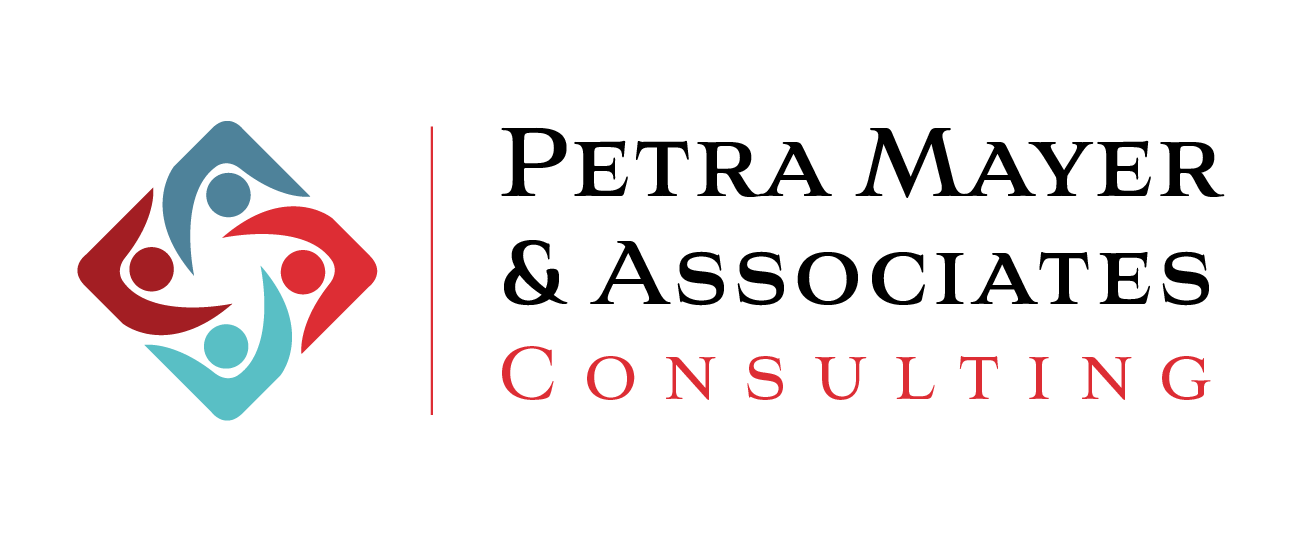The business ecosystem has arrived at yet another era, the Internet revolution. This era heeds emphasis on learning. And with that, we are in the ‘knowledge economy’. Today, for organizations to survive and thrive, they need to instil a company culture of upskilling at work.
You see, there’s always something new going on in the internet age. There are new skills and opportunities that help employees uplift their personal and professional growth. Think of it as the radical response to the lack of practical and industry-relevant skills and a call for something different. To this, the internet gives rise to online training and thus, the learning path.
What is a learning path?
Reaching a destination is challenging without a map. The same applies to learning a new skill or building knowledge. Here too, learners need clear learning objectives and milestones. With that said, a learning path is simply a way to gauge and understand progress.
A learning path, in essence, is a selection of courses bound together for learners. This bundle or package helps them progress and earn mastery over a specific subject or program. The learning path is an incredible breakthrough, wherein trainees or employees learn to sharpen the saw by a clear-defined beginning, middle and end of achieving a new skill. And the learning path is a modern-day response to calibrating the said trajectory.
Now that the term is defined, what does it mean for organizations? For one, it entails course programming. The learning path gets divided into specific modules with objectives and milestones. Employees get to see how far they have come toward learning that particular skill. Also, from an IT infrastructure standpoint, the learning path enables organizations to enrol multiple users in different courses simultaneously. This way, companies save on valuable time and costs. It is a simple yet highly-powerful feature in the Learning Management System (LMS).
A learning path comprises:
- A well-planned and outlined trajectory
- Specific milestones (usually through modules or courses)
- The final destination
In this way, a learning path puts forth a route navigated through a range of e-learning activities. This enables the employees to build knowledge progressively. The USPs of a learning pathway is that trainees can choose their independent path and have total control or they can be assigned specific learning paths needed to excel in their jobs.
Long story short, a well-mapped learning path helps trainees measure their advancement and be in control of their progression. What’s more, moving past each phase of the course or the learning journey adds to the overall satisfaction and user experience.
How does establishing a learning path help employees with engagement and competency development?
At the workplace, companies incorporate learning paths into upskilling programs. This skills-based training and learning environment then contributes toward engagement and competency. Learning paths in upskilling programs bring forth several benefits for both the enterprise and individual employees. A win-win proposition for all at work, employees get to reap the following rewards:
Learning becomes structured and sequenced
Learning paths make the training programs more reformed by giving them structure and sequence. Now, learners get the liberty to choose the pace and progression. So, employees have freedom. It also gives administrators control over the order in which the courses get assigned and the validity. The latter determines the duration within which the module must be commenced or completed.
Another aspect is that learning paths can also address specific requirements of teams or multiple trainees. Here, the administrators identify the needs of an individual learner and assign respective courses. Such an instance makes for employee-specific learning assignments.
Self-Paced Learning is encouraged and activated
Learning paths acknowledge that employees differ in their abilities to learn, grasp and implement the received information. Without a learning path, employees get reduced to mechanical cogs that adhere to a specific pace. This rigidity can make it harder for some employees to cope. Therefore, the need for personalisation brings us to custom learning paths.
Custom learning paths have a learner-centred approach. In this, the goals, preferences, and objectives get aligned with the capabilities of the individual employees. In self-paced learning journeys employees can choose when, where and what to learn.
When designing custom learning paths, course creators should put focus on:
- Incorporating varied learning styles
- Designing a skills matrix, a tool that helps identify the specific knowledge and skills required to excel at a particular task.
- Including relevant, relatable, personal anecdotes: Doing so enhances motivation and boosts engagement level during the training.
- Taking feedback from the trainees
Accelerated Learning & Development Goals
While employees obtain the acquired skills, the corporation, too, stands to benefit. The growth level and requirements of the enterprise gets fulfilled. And when that happens, it is called the learning and development process. L&D is of the utmost significance if a company is to reach the skylines of success.
Another benefit of learning paths is they can get aligned to address the immediate needs of the business. Also, employees can put the skills acquired from each lesson quickly to implement the learned skill on the job.
Saves precious admin time
Be it an IT employee or an administrator, the time devoted is valuable. Learning paths come to the rescue by helping enrol a considerable volume of trainees simultaneously. As for the rest, they shall be left to their comfort and learning speeds. What’s more, as an employee accomplishes a specific module or course, he or she gets automatically enrolled on the next. And the best part? Without admin intervention.
Also, there will be a well-planned blueprint for attaining intended goals. This will reduce the burden on administrators.
Continuous Feedback
While designing and implementing training programs and courses is integral, knowing their effectiveness is equally crucial. Training alone is deemed insufficient in helping employees acquire new skills and knowledge. It should be backed by continuous and constructive feedback.
Additionally, when coupled with multiple assessments, the company can assess whether the programs are a valuable investment from a business standpoint. Also, learning paths comprise several modules or even courses. In this way, admins can monitor the engagement levels of employees. Plus, they can tweak the program if need be. While feedback is almost immediate, employees also get a chance to correct themselves.
Yet another aspect is that, with learning paths, companies can update and upgrade their training programs by adding more modules or amending the ongoing ones without much effort.
How can you map a learning path with an employee’s career path?
Determine roadmaps for each skills track
First, clearly define and review the job positions, roles and hierarchies. Once done, you can move on to the larger picture. A good starting place is creating roadmaps for each department, team and business function. Later, you can focus on the employees.
To make your job easier, you can ponder over the following few questions:
- How will an entry-level employee advance through the roles?
- Are any horizontal moves necessary? If yes, then what are they?
- How can different personality types get accommodated and blended?
Say that an HR assistant is deemed entry-level. Going further, the employee can serve as a benefits specialist, a recruiter or an assistant director of Human Resources.
Identifying Skill Gaps
Today, competency-based management has become crucial for the effective operation of an enterprise. Instead, companies can begin by compiling an ongoing, updated list of the in-demand skills. Doing so is paramount to ensure that teams and departments comprise the relevant skills and qualifications.
One way to identify the skills gap is using assessments. Pair it with the company objectives, and you shall decipher the employees that can fill those skill gaps. Those enterprises with succession plans also need to make provisions and groom employees for filling leadership roles.
Once appropriate personnel are identified, enterprises can go ahead with course programming. Companies can create and provide several paths to different employees based on their goals and interests. Assessments make for an excellent tool for gauging promotions and job changes. They also help review team and department makeups. These ultimately assist in creating the Individual Development Plans (IDPs) and employee-specific learning assignments.
Training requirements
Once these are clarified, next up is training needs. Here, you can begin by dividing and documenting training programs for in-house and contractual (or outsourced) personnel.
A few good questions to ponder over are below:
- How important is a mentorship with peers or leaders?
- Survey your staff. Doing so will enable you to contemplate ‘what type of training do they require?’
- Do any of the departments recruit internally?
- Why do employees quit their jobs? Study exit interviews to know more.
At the end of the day
The skills and abilities are the destinations. Like a roadmap, plot the route and define crucial milestones. Building a learning and development roadmap takes up considerable time. But, once completed, the long-term rewards are exponential. Both employees and the enterprise benefit from enhanced performance, higher engagement, reduced costs and better bonds with the trainees. It is important to note that the success of learning path implementation rests upon the company’s ability to hold the trainees accountable.


